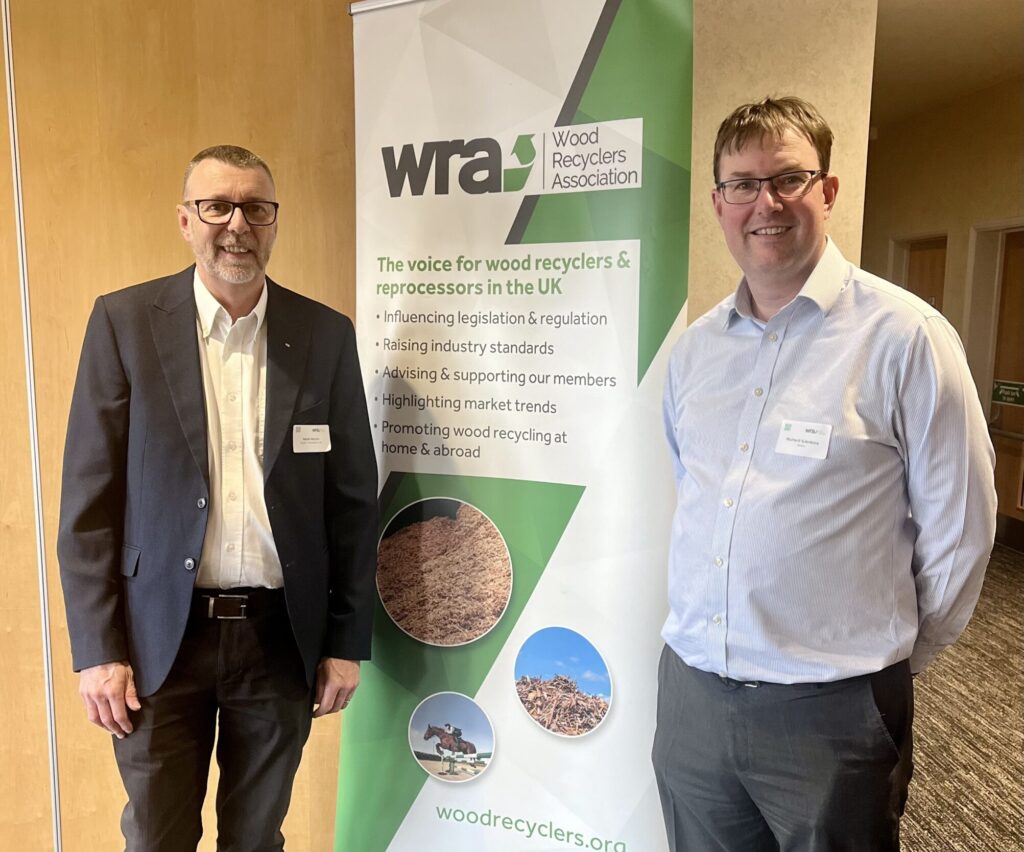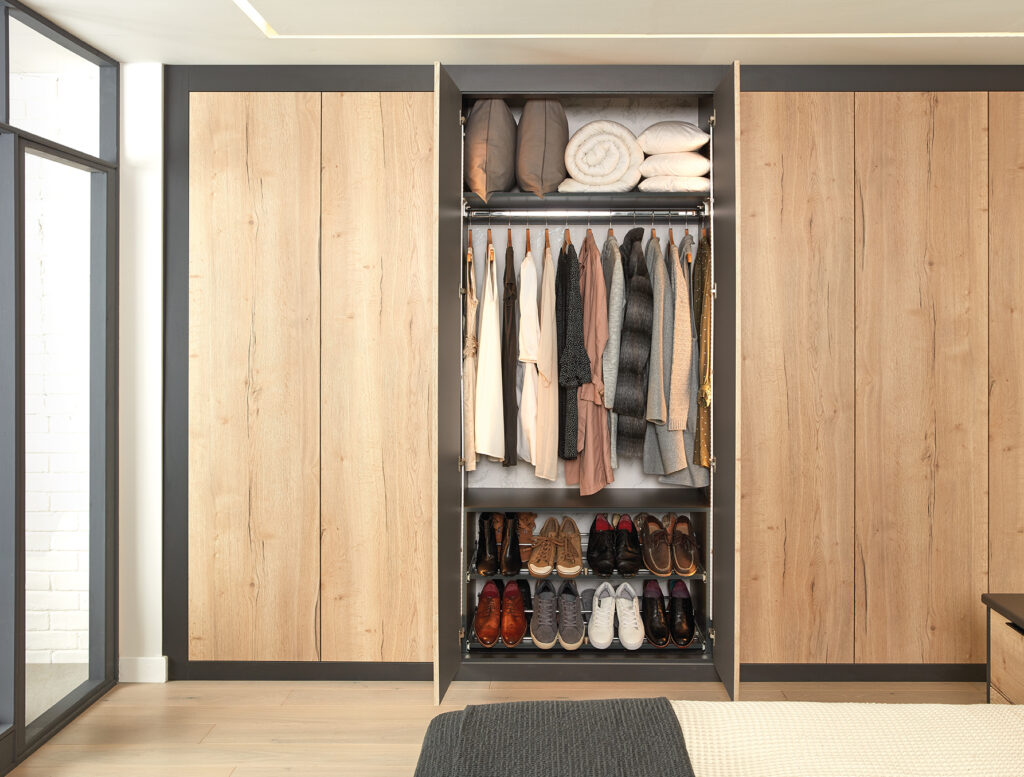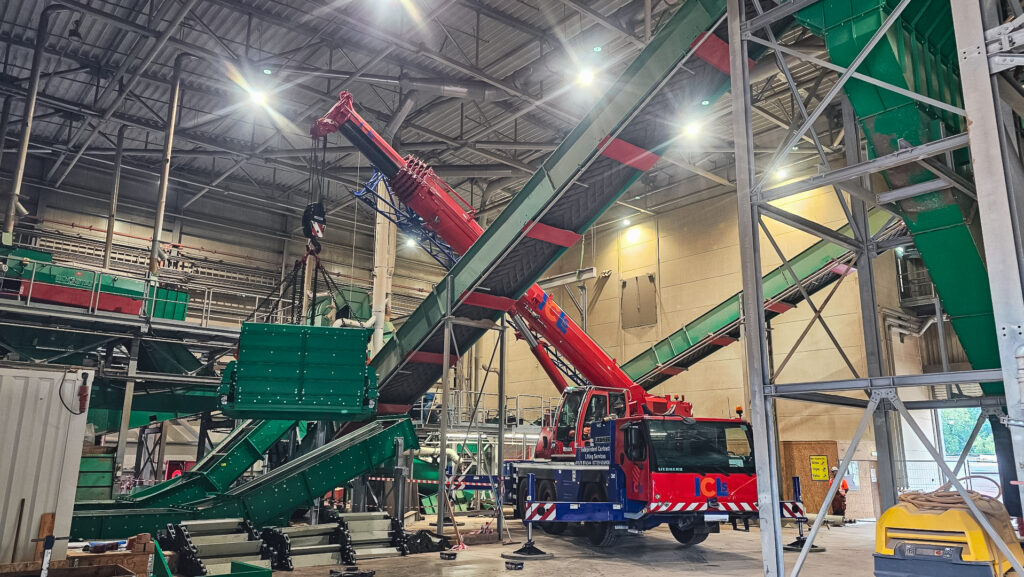Board mills in the UK, who are the prime users of recycled wood, have traditionally not been able to recycle chipboard because it is hard to recover the fibres through the normal chipping and preparation process. While a small amount is used in some mills, production waste and offcuts and used office, kitchen and bedroom furniture is usually landfilled.
Over the past few years the Timber Research and Development Association (Trada) through Trada Technology Ltd has been exploring ways to recover the chipboard through a process known as Fibresolve. First stage of the research project saw the use of a laboratory scale vessel, 1m in diameter and 2.5m long. This could take in 50kg of medium density fibreboard to have high pressure steam added to it to expand the fibre. It proved successful and material was separated into fibres and the coating layer of the fibreboard was able to be removed separately.
Breakthrough
Trada said that this represents a breakthrough in recycling technology with the first real opportunity to recycle coated MDF and particleboard in large quantities. The Fibresolve process involves subjecting wood fibres to a combination of vacuum and pressurised steam at temperatures of over 100 C. Low pressures, say the researchers, make this a relatively inexpensive process and “as little or no additional chemicals are involved its environmental credentials are good”.
The Sheffield phase two of the project involves a larger recovery vessel or reactor, in the form of a huge steel cylinder more than 5m long and 2.5m in diameter being used for one tonne of medium density fibreboard. If this sizing up proves successful the aim would be to eventually have a serious of reactors capable of processing batches of up to two tonnes. The goal is to develop process reactors of 8-10 tonne capacity for use in wood and general waste recycling centres and possibly also within the MDF manufacturing industry.
Cutting
There are two reasons why the process means that the board can be recycled, explained project manager Stephen Riddiough. One is that it overcomes the problem recyclers have in cutting through the board coatings which can damage saws. “The process removes coating in largely a sheet form within the barrel as part of the process”.
The second is that the steam process breaks down the board into fibres, although glues are still attached. Boardmakers can then use the fibres and would have to use less glues for making chipboard from the material. Mr Riddiough explained: “The fibre has a degree of resin left on it. But, if you have presaturated fibre in the board making process then you use less glues in the process next time.”
Viability of the process is likely to be influenced by final quality results and the cost of a batch process. Higher Landfill Tax would also be an important factor, emphasised Mr Riddiough, as this would make the process more cost-effective.
A number of partners are been involved with the project, including the Department of Trade and Industry, Timber Research and Development Association, TRADA Technology Ltd,
Fibresolve Ltd, Bio-Composites Centre, Viridor Waste Management (formerly through the Parkwood Group) and Urban Mines for market research conducted by Excelar.







Subscribe for free